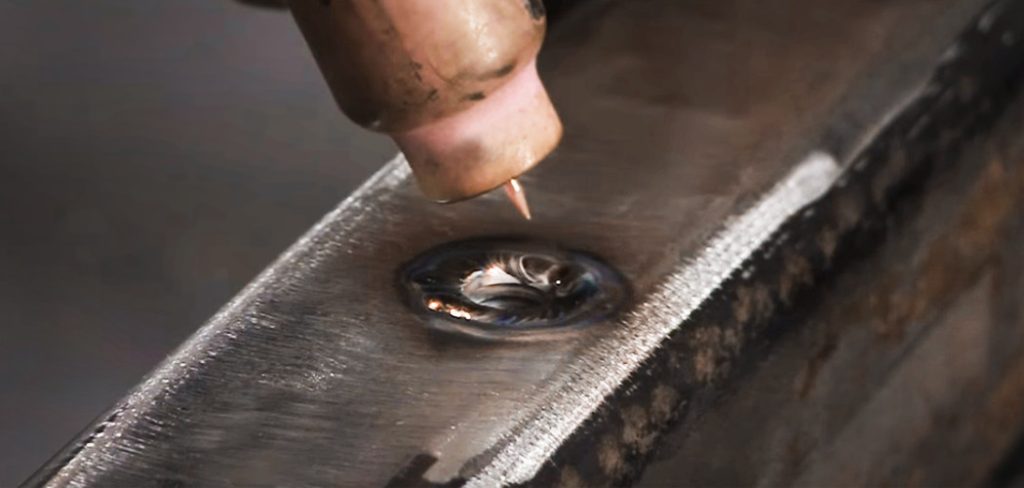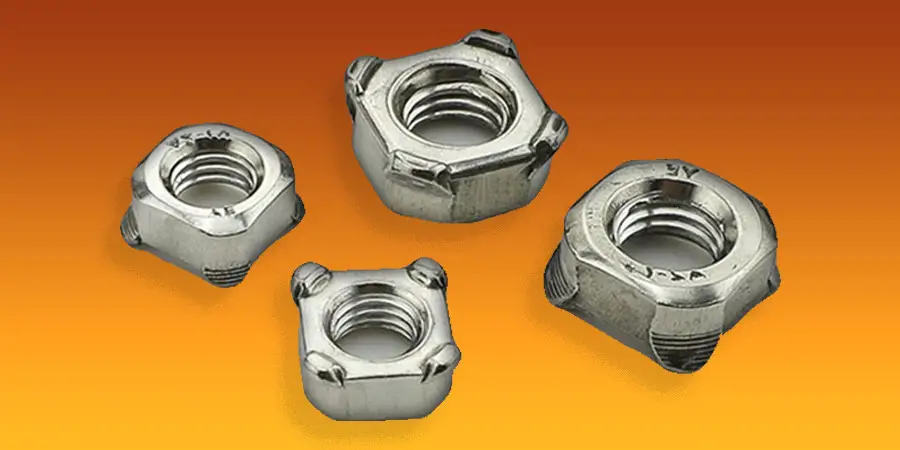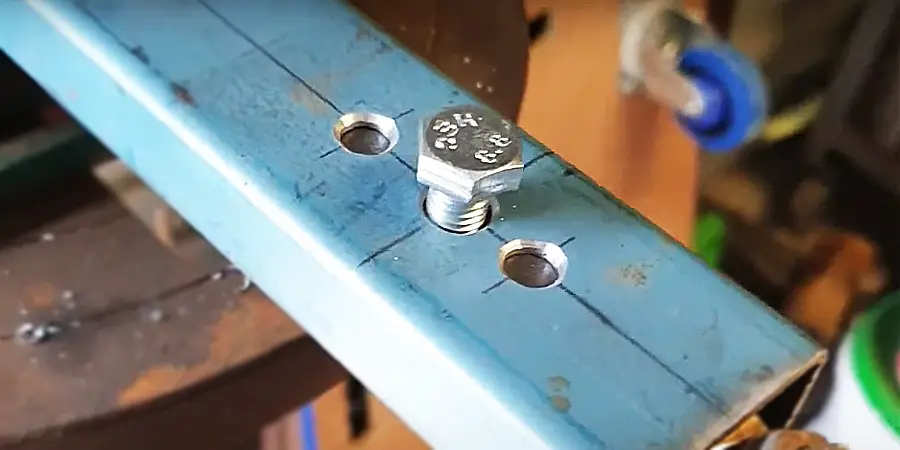Hey there! Are you looking to learn how to weld a weld nut? Well, you’ve come to the right place. This article will cover the basics of welding a weld nut and what you need to know to get started. So, grab your welding gear, and let’s get started!

Some Information About Weld Nut
Weld nuts are specialized fasteners designed to be attached to a workpiece by welding. They are made of either low-carbon steel or stainless steel and come in a variety of shapes and grades. These nuts provide different characteristics depending on their shape.
Weld nuts are most commonly used in channels, tubes, and other structures where extra strength and retention are required for bolts or anchors. However, they can also be used in other places, provided that the workpiece is suitable for welding.
Different Types of Weld Nut
Six main types of Weld Nuts are available in the market, with various designs.
- Offset Tab-Base.
- Offset Tab-Base with Projections
- Round-Base
- Round-Base with Projections
- Square Weld Nuts
- Hex Weld Nuts
Different brands have created attractive and functional designs for these items, making them appealing to the eye and more practical.
Learn How to Weld a Weld Nut Easily
The process is relatively straightforward; however, it is essential to understand it. Furthermore, due to the risks associated with welding tools, one must be well-versed in using them or seek guidance from an experienced person. To gain an insight into the process, here is a step-by-step guide:
Safety is an Essential and Fast Task
Using proper welding gloves, helmets, and eye protection are essential to protect from the two significant hazards of welding tools: ultraviolet radiation and spatter. Also, Before beginning any work related to high-voltage electricity, ensure that your hands and body are dry.
For optimum safety when welding, wearing a heat-resistant welder’s jacket and pants, welding work boots, and a welding respirator or lung protection is highly recommended.
Step 1: Choosing the Right Weld Nuts
If you feel confident in using the workpiece, let’s begin. To start, select the size and type you will be using. It is impossible to provide a universal chart outlining the size, strength, and torque of all Weld nuts due to the variety of brands, types, and designs available.

To obtain the details of the specific nuts you need, don’t hesitate to contact the supplier you are purchasing them.।
Step 2: Clean Surface
Before installing the weld nut, ensure the area is free from rust and dirt. If there is a coating of nickel or paint on the workpiece, remove it from the area where the weld nut is to be installed to ensure successful welding.
Step 3: Put the Weld Nut in the Workpiece Hole
Using a bolt and plier for this process can be done.
Place the nuts into the hole of the workpiece, then insert one-third of a bolt. Place a washer on the head of the bolt for additional security. Using the pliers, pull out the bold.

Step 4: Time to Welding
This is the most challenging task, so it is advised to have someone hold the bolt with the pliers to assist with this. When welding, the bolts should not be welded. You can wrap them with cotton or paper if necessary to protect them.
If everything proceeds as planned, the Weld t points should be welded together.
I’m hoping that the work is finished.
Conclusion
At first glance, Nut Welling’s work may seem straightforward; however, it requires great attention to detail to avoid mistakes. The following steps are intended to help ensure everything is done correctly.
Now that you know how to weld a weld nut, why not try it? Be sure to comment and share this article with your friends and family to help them learn how to weld a weld nut, too!
FAQ’s
How Does a Weld Nut Differ From a Standard Nut?
Weld nuts are distinct from standard nuts in that they are specifically designed to endure the high temperatures of welding, whereas standard nuts lack such features and may not perform as well. Additionally, weld nuts have additional features added to their shape to facilitate welding, which is not seen in standard nuts.
How Do I Know if the Weld Nut Has Been Successfully Welded?
Determining if a weld nut is properly welded is a simple process. First, verify that the points of the weld nut have been connected correctly. Second, check if the nut is securely in place and does not move. The weld nut is likely in good condition if both conditions are satisfied.
Read Also – How to Get a Rusted Nut Off a Bolt
